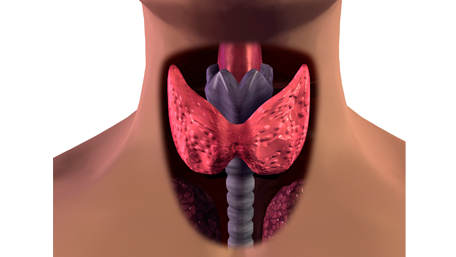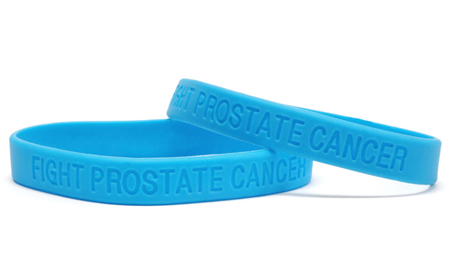
07/31/2020
Hot Topics of the Day are picked by experts to capture the latest information and publications on public health genomics and precision health for various diseases and health topics. Sources include published scientific literature, reviews, blogs and popular press articles.
Sign up MyPHGKB to receive the daily hot topic email alert.
Archived Hot Topics of the Day By Date
Bringing monogenic disease screening to the clinic
MF Murray et al, Nature Medicine, July 31, 2020
What We Know About COVID-19’s Effects on Child and Maternal Health
NIH Director's Blog, July 31, 2020

Association between Alzheimer's disease and COVID-19: A bidirectional Mendelian randomization
D Liu et al, MEDRXIV, July 30, 2020
Initial evaluation of a mobile SARS-CoV-2 RT-LAMP testing strategy
C Newman et al, MEDRXIV, July 30, 2020
How does SARS-CoV-2 cause COVID-19?
NJ Matheson, et al, Science, July 31, 2020
Swabs Collected by Patients or Health Care Workers for SARS-CoV-2 Testing.
Tu Yuan-Po et al. The New England journal of medicine 2020 07 (5) 494-496
Covid's Color Line - Infectious Disease, Inequity, and Racial Justice.
Evans Michele K et al. The New England journal of medicine 2020 Jul (5) 408-410
Drug treatments for covid-19: living systematic review and network meta-analysis
RAC Siemieniuk et al, BMJ, July 30, 2020
Strategies to enable large-scale proteomics for reproducible research
RC Poulos et al, Nature Comms, July 30, 2020
Molecular Profiling of Thyroid Nodules—Are These Findings Meaningful, or Merely Measurable?
LGT Morris, JAMA Oto Larnyg, July 30, 2020
Clinical deployment of AI for prostate cancer diagnosis
A Janowscyk, Lancet Digital Health, August 1, 2020
Disclaimer: Articles listed in Hot Topics of the Day are selected by Public Health Genomics Branch to provide current awareness of the scientific literature and news. Inclusion in the update does not necessarily represent the views of the Centers for Disease Control and Prevention nor does it imply endorsement of the article's methods or findings. CDC and DHHS assume no responsibility for the factual accuracy of the items presented. The selection, omission, or content of items does not imply any endorsement or other position taken by CDC or DHHS. Opinion, findings and conclusions expressed by the original authors of items included in the Clips, or persons quoted therein, are strictly their own and are in no way meant to represent the opinion or views of CDC or DHHS. References to publications, news sources, and non-CDC Websites are provided solely for informational purposes and do not imply endorsement by CDC or DHHS.
- Page last reviewed:Feb 1, 2024
- Page last updated:Apr 29, 2024
- Content source:






